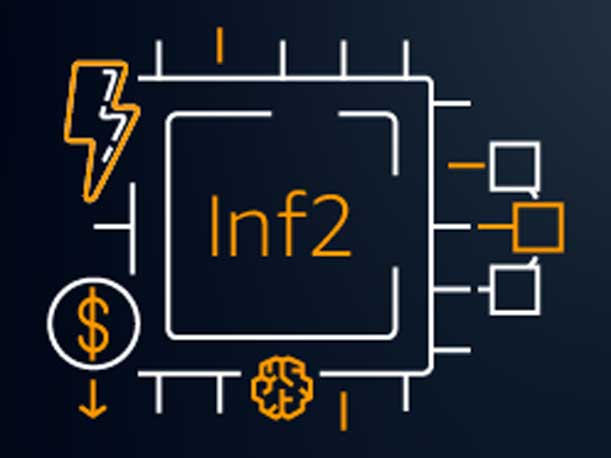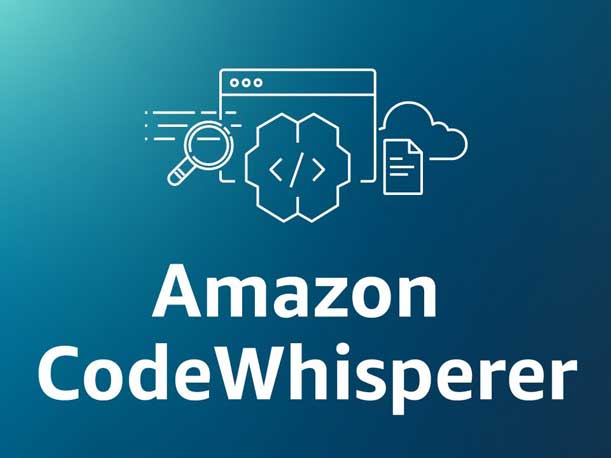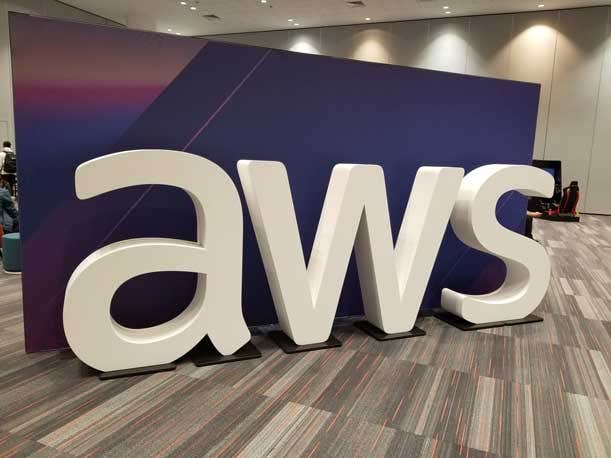AWS’ 6 Huge Generative AI Products, Partner Plans: Ruba Borno
AWS’ worldwide channel chief, Ruba Borno, tells CRN about the newest generative AI products partners should be taking to market today along with the resources AWS is providing.

Amazon Web Services has huge plans in store to drive newly released artificial intelligence solutions via partners as AWS begins “democratizing access” to generative AI for customers across the globe, said AWS’ worldwide channel chief, Ruba Borno.
“We’re really excited about how AWS is now democratizing access to foundational models and generative AI for customers,” said Borno, vice president, head of worldwide channels and alliances for AWS, in an interview with CRN. “The key outcomes we’re helping customers with is giving them the flexibility to choose the way they want to build with generative AI.”
AWS’ worldwide channel leader said customers and partners can choose from three options: build their own foundational models with purpose-built machine learning infrastructure, leverage pretrained foundational models as base models to build their applications, or use services with built-in generative AI without requiring any specific expertise in foundational models.
[Related: AWS, Microsoft, Google’s Cloud Market Share Q1 2023]
Generative AI ‘Not New’ At AWS
Before jumping into the generative AI solutions and initiatives AWS is pushing partners and customers to consume, such as Amazon Bedrock and free access to Amazon CodeWhisperer, Borno said it’s key to remember that Amazon isn’t new to the AI market.
With generative AI making headlines in 2023 thanks to the popularity of products like OpenAI’s ChatGPT—which is backed by AWS’ cloud rival Microsoft—Borno wants to remind the market that the Seattle-based cloud company has been investing in machine learning for decades.
“AI and machine learning is not new to Amazon. We’ve been investing heavily in the development and deployment of this technology for two decades, both for customer-facing and internal operations,” said Borno. “Since day one, we’ve helped over 100,000 customers innovate with machine learning and AI.”
Generative AI are applications that can generate images, text, audio and synthetic data in response to prompts. “Our partners play a critical role in helping customers harness generative AI’s potential,” Borno said. “Even though we’re still in early days of generative AI, partners should not delay in building the foundation of their generative AI offerings on AWS.”
In an interview with CRN, Ruba Borno explains AWS’ most important generative AI offerings and channel initiatives that partners should be leveraging in the market today.

Amazon Bedrock: ‘The Easiest Way To Build And Scale’ Generative AI
Amazon Bedrock is a new service for building and scaling generative AI applications that provides customers with easy access to innovative foundational models.
“Amazon Bedrock offers customers the easiest way to build and scale enterprise-ready generative AI applications,” said Borno. “Bedrock makes pretrained foundational models from AI startups, like Anthropic and Stability AI, easily accessible via an API. And it also offers Amazon Titan foundational models developed by AWS.”
Some of Amazon Bedrock’s launch partners include Accenture, Deloitte, Infosys and Slalom, which are building practices to help enterprises move faster. “We’re really excited about the managed service of Amazon Bedrock,” she said.

New Amazon EC2 Inf2 Makes ‘Generative AI Cost-Efficient’
AWS recently made generally available Amazon EC2 Inf2 instances powered by AWS’ own Inferentia2 chips, which aims to lower the cost of running generative AI workloads.
“We’re making generative AI cost-efficient from a best-in-class infrastructure perspective,” said Borno.
“If you think about generative AI, there’s two types of work being done: one is the inferences, and the other is the training that has to happen. So training the models and then inferring answers from the model,” said Borno. “Amazon EC2 Inferentia2 instances deliver 4X higher throughput and 10X lower latency compared to the prior generation. And 40 percent better inference price performance than any other EC2 instance. So we’re really enabling inference.”
Borno said lowering costs and energy consumption make generative AI more accessible to a wider variety of customers.

Free Access To Amazon CodeWhisperer For Developers
AWS is pushing for more developers and partners to access Amazon CodeWhisperer, which is an AI coding companion that generates whole line and full function code suggestions. The company is now offering free access to Amazon CodeWhisperer without any usage limits for individual developers.
“CodeWhisperer now supports more than 10 programming languages,” said Borno. “We have this really cool analysis from a productivity challenge that we ran where participants who used Amazon CodeWhisperer completed tasks 57 percent faster than those that didn’t. And they completed them successfully 27 percent more frequently than those that didn’t.
“So when you think about democratizing generative AI, this is a giant leap forward in developer productivity,” she said. “We’re really excited about that.”

New Trn1n Instances Trainium Chips
Generative AI models need to be trained so they offer the right answer, image and insight, Borno said. These training runs require enormous compute resources and have been known to be expensive.
However, AWS’ new Trn1n instances now run on AWS’ custom Trainium chips and offer massive networking capability, which Borno said is key for training these models quickly and in a cost-efficient manner.
“These are designed to deliver up to 20 percent higher performance over the prior generation of Trainium1 for large network-intensive models,” she said. With Trn1n instances, developers will be able to train models more quickly and at less expense.

AWS Partners’ Role: Specialize And Understand Customers’ Foundation Models
Borno said there are four steps and actions AWS is seeking from partners in 2023.
“The first is to specialize. So invest in developing industry-specialized generative AI practices and solutions. Some examples include thinking through verticals, advertising and marketing, health care and life sciences, or financial services,” said Borno.
For example, AWS recently collaborated with 3M Health Information Systems to accelerate AI use in clinical documentation to do medical notetaking and virtual assistant solutions for doctors. “Those are key outcomes where generative AI can add value. And we want our partners to specialize in these areas because the outcome is what matters,” she said.
The second step AWS is seeking from partners is for them to understand the right foundational models for their customer use cases.
“Amazon Bedrock brings together a pretty broad selection of the most powerful foundational models available in the market today. But not all foundational models are a one-size-fits-all. Familiarizing themselves with which foundational model is best for their customer use cases is going to be really key,” said Borno. “We can help them because a selection of these foundational models are available through Amazon JumpStart today. So this is the machine learning hub of SageMaker that provides hundreds of pretrained models and templates to get our partners quickly started.”

AWS To Partners: Here’s How To Start Engaging Customers And Building Solutions
The remaining two actions Borno is seeking from partners is to start engaging with customers and building solutions around generative AI as soon as possible.
AWS is providing resources to partners to help them begin or advance their generative AI customer journey, including accelerators such as AWS Solutions Library, AWS Solutions Construct and Partner Solutions Factory.
For example, AWS’ Partner Solutions Factory allows partners to collaborate with AWS experts on system architecture, designs, demos as well as for other resources. AWS Solutions Constructs, meanwhile, is an open-source extension of the AWS Cloud Development Kit that provides multi-service, well-architected patterns for quickly defining solutions in code to create predictable and repeatable infrastructure.
“These are all to help our partners develop high-quality, trusted generative AI solutions and offerings,” Borno said.
“Our customers are really enthusiastic about this technology but wondering where to start and what value they can get out of it. We wanted to make sure that our partners are engaging customers and they’re identifying a subset of use cases. Then we can support them with proofs of concept, subject matter experts and a working-backward methodology,” said Borno. “This is a space where we want to make sure that we’re getting the technology and the benefit in the hands of customers as quickly as possible. And our partners are critical to that.”